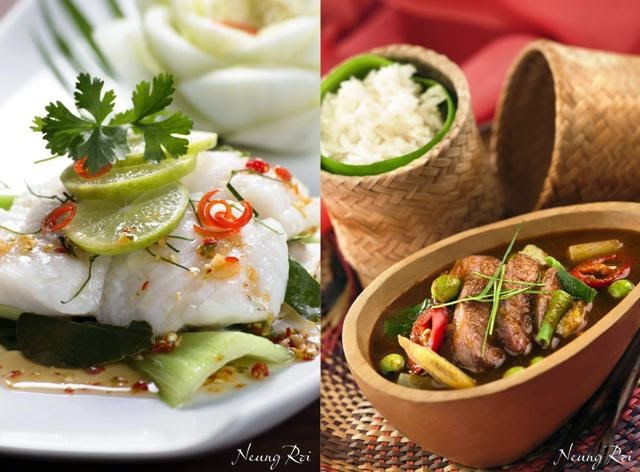Les gens que vous rencontrez par hasard, sont souvent ceux qui deviennent une partie importante de votre vie. Thus goes the French proverb which means “People whom you meet by chance are often those who become an important part of your life. Most of us have experienced this dictum sometime or the other . I, along with Shalini Kumar, editor Spiritz magazine, experienced it in June this year when we met Emma Llorens Navarro, Brand Ambassador Torres, at the 14th century Milmanda castle which is part of the eponymous Torres winery. As luck would have it, the other person from Torres who was to accompany us on our further visit to La Rioja could not arrive on time due to a delayed flight, and Emma was deputed at the eleventh hour to accompany us for the next two days that involved a delightful 5 hour road trip and stay at Logroño- the capital of La Rioja. What followed was a deep personal rapport between us and Shalini and me concluded our trip to Spain, promising a reunion during Emma’s proposed visit to India later in the year.
 |
| June 2014: Emma, Shalini and me at La Rioja |
 |
| Nov 2014: Emma in Indian avatar as we get together again! |
 |
| The wines for company |
 |
| Indian Charcuterie |
 |
| The Main Course |
 |
| Emma 'Kumari' with Sumit Sehgal, CEO Prestige Wines and Spirits |
Came November and one fine day I received a call from Shalini “ Emma is here and we propose to meet at my place on Saturday afternoon. I have invited a couple of other close friends too”. Knowing Shalini’s hospitable nature and her love for whipping up delectable cuisine I could see that Madame Editor would have her hands more than full. Hence I volunteered “What would you like me to contribute with ?” Shalini admonished me “Why are you so formal- you’re no longer in the Army- so forget the social propriety and just be sure to arrive somewhat in advance to look into the arrangements with respect to wine”. I was glad that at least somewhere I could pitch in.
The D day, as I arrived at Shalini's residence around noon, the wine glasses were being given the polishing touches under the diligent eye of Bishan Kumar (Shalini’s husband- and the Group Editor of Blue Ink Media group)- a wonderful host again! So my designated job was already under progress. Nevertheless, I rolled up the sleeves pronto and got into action. Guests too, started pouring in shortly thereafter.
Our wait for Emma along with the Prestige Wines and Spirits team (the importers of Torres wines in India) led by Sumit Sehgal, their CEO, stretched a little- courtesy a traffic bottleneck, which in Delhi depends on one’s celestial configuration for the day! Since the wines too arrived with them, we put the whites to chill and poured out one of the reds – the drool worthy Ibéricos Crianza (100% Tempranillo) - to the anticipative gathering. Emma instinctively took over her role of describing the wine, literally painting the Rioja region into the guests’ minds. Shalini had laid out a vast array of Indian homemade delicacies as well as native charcuterie which were totally new to Emma's palate. Her favourites turned out as the lamb seekh kababs (skewered minced lamb cooked over charcoal fire) and lamb biryani (mutton cooked with rice and Indian whole spices in a dough-sealed pot over slow flame) . The other wines for the day were Mas Rabell (100% Parellada), Viña Esmeralda (Moscatel and Gewurztraminer) and Gran Coronas (Cabernet Sauvignon and Tempranillo) , which found worthy companions in a host of other dishes that the guests were encouraged to experiment with.
As the gathering was enjoying wine and food, I saw Emma being whisked away inside by Shalini, and before I could reason out, she emerged as a next door Indian girl in a salwar-kameez- a traditional Indian ensemble that Shalini had procured specially for her. We were amazed to see how good a fit it was for Emma and Sumit could not help but call her Emma Kumari (a respectful name suffix for an unmarried girl in India) in this getup.
It was time for some quirky photographs and uninhibited laughter as the wines continued to pour out. Several goblets and umpteen conversations thereafter, it was time again to bid adieu and as we hugged amid mixed feelings of joy and melancholy, one thing was confirmed- relations of heart are beyond the realm of social propriety and cultural diversity.
























.jpg)
.jpg)
.jpg)

.jpg)




























